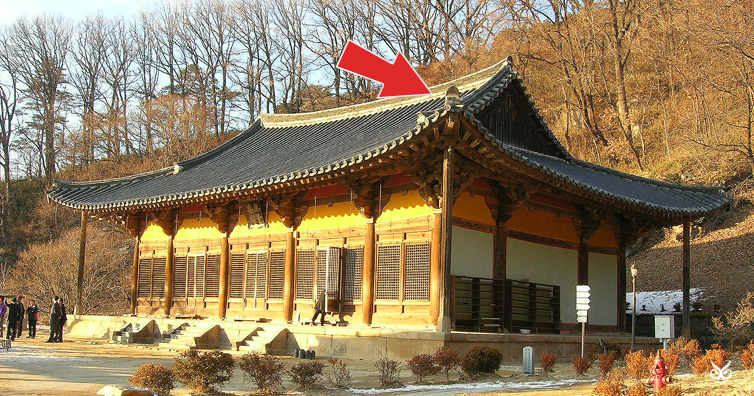5 east asian temples and houses have sweeping roofs because they believe that it will protect them from the elements of water wind and fire.
Why east asian temples have sweeping roofs.
The lower tiers telescope toward the entrance.
East asian temples and houses have sweeping roofs because they believe it can ward off evil spirits water wind and fire which were deemed to be straight lines.
In order to prevent rainwater from eroding building walls and wooden columns there must be a huge roof.
Woodblock printing is a technique for printing text images or patterns used widely throughout east asia.
In a central thai temple the lower tiers reach a short distance beyond the top roof at the gable ends.
Pagoda a towerlike multistory solid or hollow structure made of stone brick or wood usually associated with a buddhist temple complex and therefore usually found in east and southeast asia where buddhism was long the prevailing religion.
We can note several things about chinese roofs that reflect china s ancient culture.
But the huge roof caused the interior to be dim and had to be improved.
Buddhists believed that it helped ward off evil spirits which were deemed to be straight lines.
East asian temples and houses have sweeping roofs because they believe that it will protect them from the elements of water wind and fire.
Have sweeping roofs because they believe that it will protect them from the elements of water wind and fire buddhists believe that special roofs helped ward off evil spirits which we deemed to be straight lines.
The figures at the tips are called roof guards.
In northern temples the roof area is larger sweeping low to cover more of the wall.
The tiers breaks and tier patterns create dynamic visual rhythms.
There are three main types of roofs in traditional chinese architecture that influenced asia.
It s flexible enough to be adapted to many materials and terrains.
This is a traditional chinese architectural style.
Buddhists believed that it helped ward off evil spirits which were deemed to be straight lines.















































